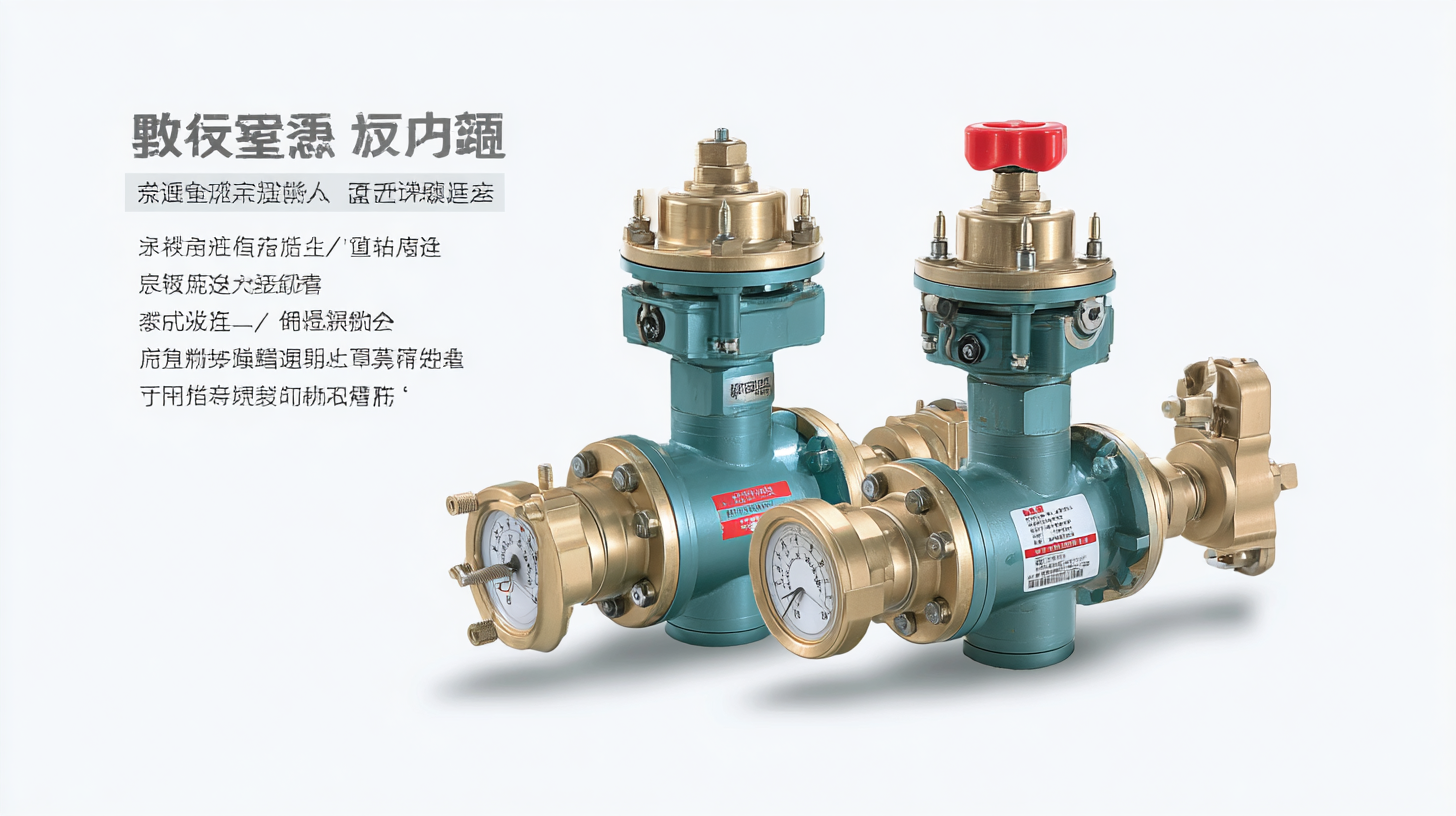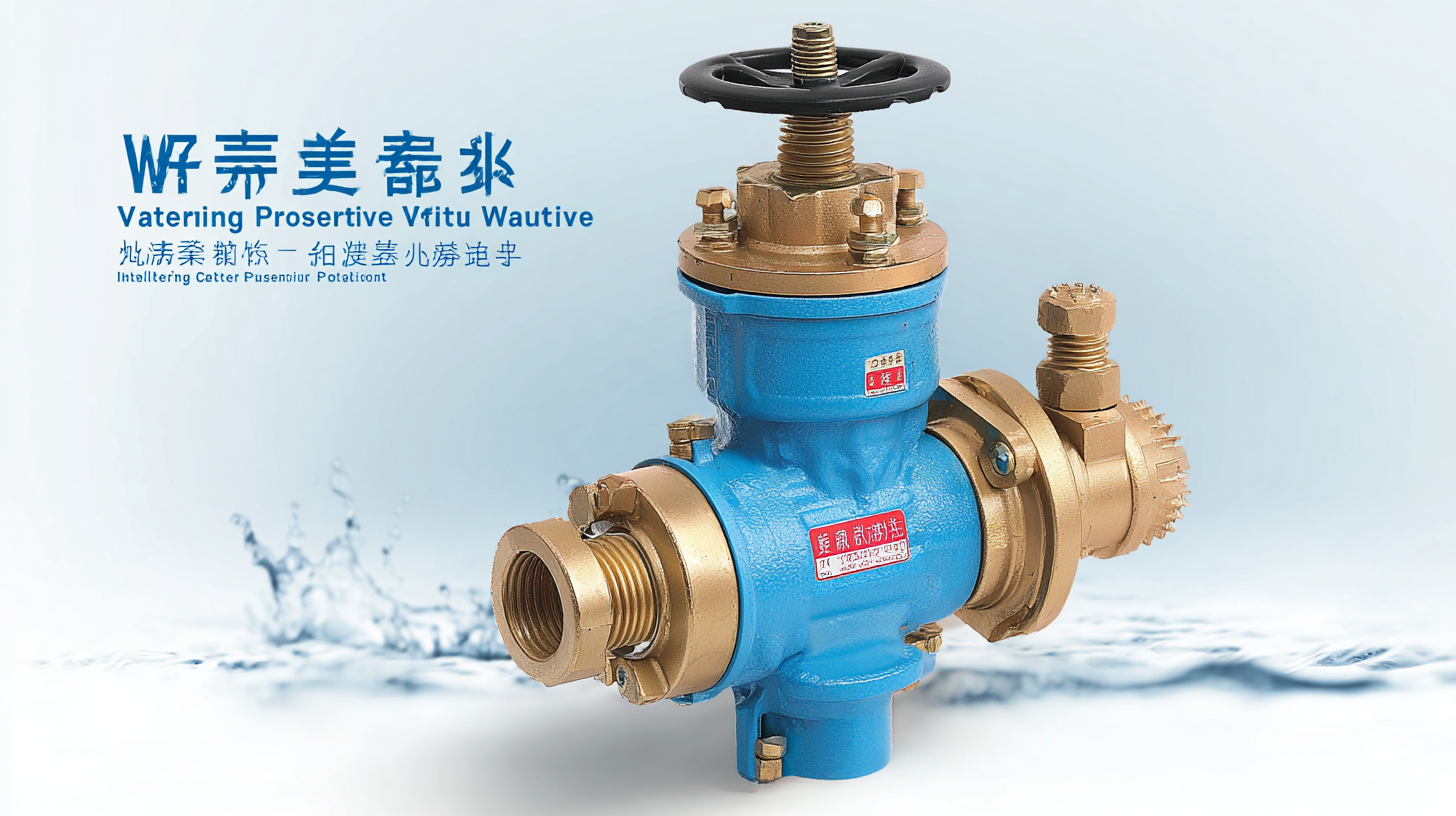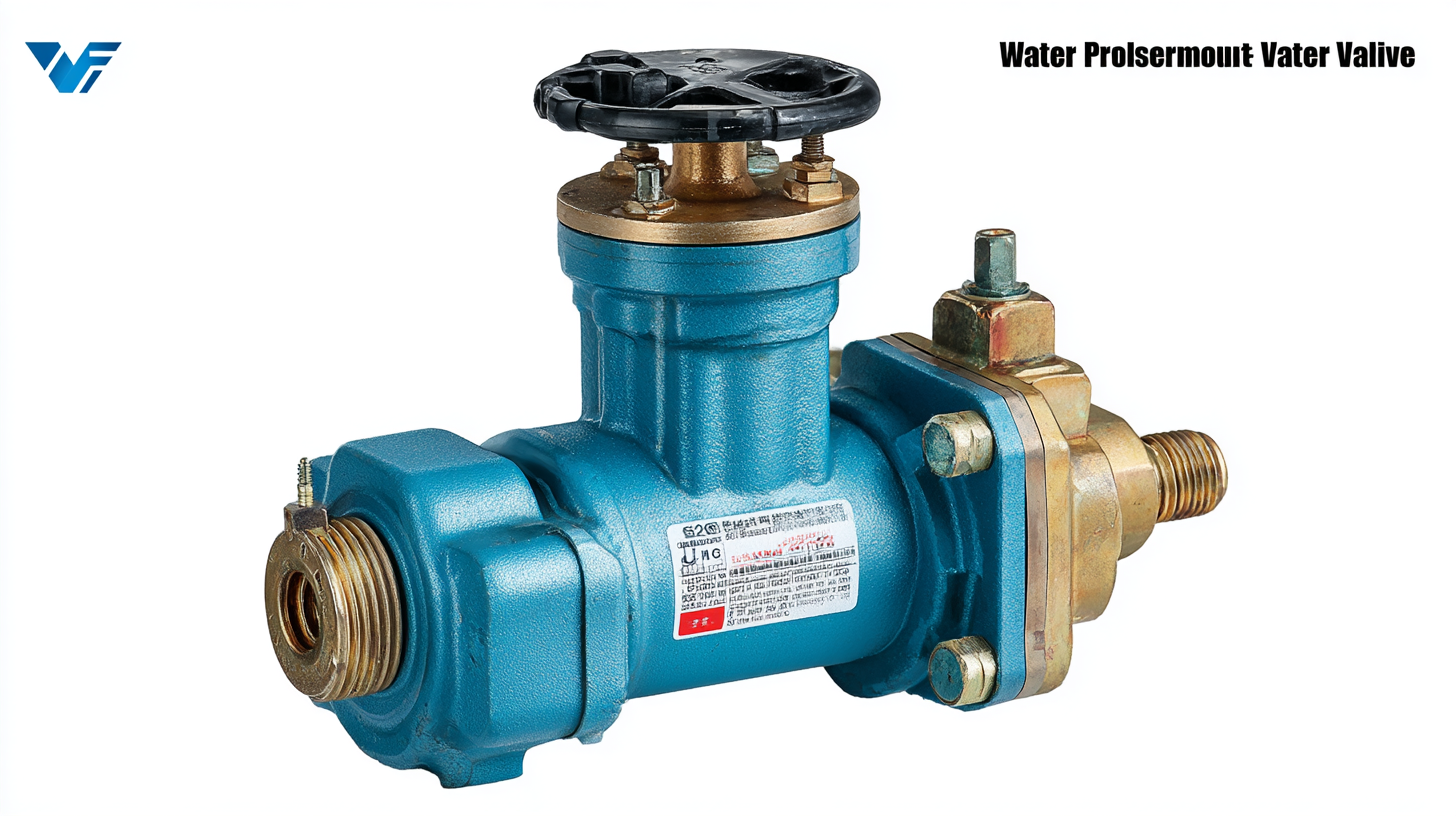-
Solutions
-
Waterworks
Pressure Reducing
Pressure Sustaining / Pressure Relief
Flow Control valves
Float Valves - Level Control
Electrically Actuated Valves
Pressure Modulation - Remote Control
Altitude Valves - Level Control
Burst Control Valves
Pump Control
CLA-VAL "HYTROL" Main Valve
Valve Controllers and Data Loggers
Air Valves
See allWaterworks
-
Military Fuelling
-
- About us
-
Blog
- Support
-
Contact
Blog
Navigating Import and Export Certification for the Best Water Pressure Reducing Valve
As the global market continues to evolve, the demand for efficient and reliable plumbing solutions, such as the Water Pressure Reducing Valve (WPRV), is surging. According to a report by Technavio, the global plumbing fixtures market is expected to grow by USD 18.97 billion during 2020-2024, highlighting the increasing importance of functional components like WPRVs in modern infrastructure. These valves play a crucial role in protecting plumbing systems from the detrimental effects of high pressure, ultimately ensuring longevity and safety for residential and commercial properties.

Furthermore, as industry standards tighten and regulatory measures become more prevalent, navigating the complex landscape of import and export certification for WPRVs will be essential for manufacturers aiming to maintain competitiveness and comply with safety regulations. This blog will explore the key considerations and trends in the certification process, setting the stage for manufacturers and stakeholders to effectively position themselves in this critical segment of the plumbing industry.
Understanding the Importance of Certification in Water Pressure Reducing Valves
When it comes to water pressure reducing valves,
certification plays a pivotal role in ensuring product reliability and safety. These valves are crucial for maintaining optimal water pressure in residential and commercial settings,
preventing damage to plumbing systems and appliances. The significance of certification lies in the assurance that these products meet
industry standards and regulations, which vary by region and application. Proper certification processes ensure that the valves are tested for performance, materials, and durability,
providing peace of mind to consumers and businesses alike.
Moreover, certified water pressure reducing valves can enhance the overall efficiency of water usage. Certified products are often designed with advanced technology and
materials that comply with environmental standards, further emphasizing their importance. This not only highlights the quality of the product
but also promotes a sustainable approach to water management. As the demand for reliable and efficient plumbing solutions grows,
understanding the importance of certification for water pressure reducing valves becomes essential for both consumers and manufacturers in navigating the complex
landscape of import and export requirements.
Key Factors to Consider When Selecting a Quality Manufacturer
When selecting a quality manufacturer for water pressure reducing valves, several key factors must be taken into account. Firstly, assess the manufacturer's experience and reputation in the industry. A manufacturer with a long-standing history and a solid track record of producing reliable products is more likely to deliver high-quality valves that meet stringent performance and safety standards.
Another critical aspect is the manufacturer's adherence to international certification and quality assurance standards. Look for certifications that demonstrate compliance with relevant regulations and industry benchmarks, which can serve as an assurance of product safety, durability, and efficiency. Additionally, evaluating the manufacturer’s customer support and warranty policies can provide insights into their commitment to customer satisfaction and product accountability. A strong after-sales support system can make a significant difference in managing any issues that may arise post-purchase.
Lastly, consider the manufacturer's sustainability practices. With a growing emphasis on eco-friendly products, a manufacturer committed to sustainable practices is not only making an ethical choice but also appealing to a market increasingly prioritizing environmental considerations. By focusing on these areas, businesses can ensure that they select a manufacturer that not only meets their technical requirements but also aligns with their values and business goals.

Navigating Global Standards and Regulations for Import and Export
When it comes to importing and exporting water pressure reducing valves,
understanding global standards and regulations is crucial for compliance and market success.
Different countries have varying certification requirements, which can impact everything from product testing to labeling.
Manufacturers and importers must navigate these complexities to ensure that their products meet the necessary safety and performance standards imposed by regulatory bodies in each target market.
For instance, in the European Union,
valves must comply with the Pressure Equipment Directive (PED) and may require CE marking to demonstrate conformity.
In the United States,
the American Society of Mechanical Engineers (ASME) standards play a significant role.
Familiarizing oneself with these regulations not only helps in avoiding legal pitfalls
but also enhances product credibility among consumers.
By staying abreast of the latest standards and certifications, businesses can streamline their export processes
and establish a competitive edge in the global market.
Evaluating Manufacturer Reputation and Customer Feedback
When selecting the best water pressure reducing valve, evaluating manufacturer reputation is crucial. A strong reputation often reflects a commitment to quality, reliability, and customer service. Manufacturers with a long-standing presence in the industry typically adhere to stringent production standards and regulations, ensuring that their products meet necessary certifications for import and export. It's beneficial to research a manufacturer's history, including their compliance with safety standards and innovations in valve design. A reputable manufacturer is also likely to have clear documentation and certifications that provide confidence in the product's performance.
In addition to manufacturer reputation, customer feedback serves as a valuable resource for prospective buyers. Reviews and testimonials from previous customers can reveal insights into product durability, effectiveness, and usability. Platforms such as online forums, social media, and dedicated review sites allow consumers to share their experiences and opinions. Look for patterns in feedback—consistent issues or praises can help you discern which valves stand out in actual use. By weighing both manufacturer reputation and customer feedback, you can make a more informed decision when navigating the import and export certification process for water pressure reducing valves.
Navigating Import and Export Certification for the Best Water Pressure Reducing Valve
Tips for Ensuring Compliance with Certification Requirements
When navigating the complexities of import and export certification for water pressure reducing valves, ensuring compliance with certification requirements is paramount. It is essential to stay informed about industry standards and regulatory changes that can affect product certification processes. One effective way to enhance compliance is through targeted training programs that equip personnel with the necessary knowledge about specific requirements and best practices related to product safety and performance.

In addition, organizations should adopt a structured approach to compliance by implementing key elements outlined in compliance guidelines. Regularly reviewing these elements and integrating them into operational practices can help ensure that all relevant regulatory obligations are consistently met. Furthermore, conducting periodic audits can identify gaps in compliance and facilitate proactive measures to address any deficiencies. By fostering a culture of compliance, businesses can not only achieve certification goals but also enhance their overall reputation in the market.
CLA-VAL UK Limited
Dainton House
Goods Station Road
Tunbridge Wells
Kent, TN1 2DR
© 2025 CLA-VAL UK | site map | Terms and Conditions of Sale and Warranty | Privacy policy

